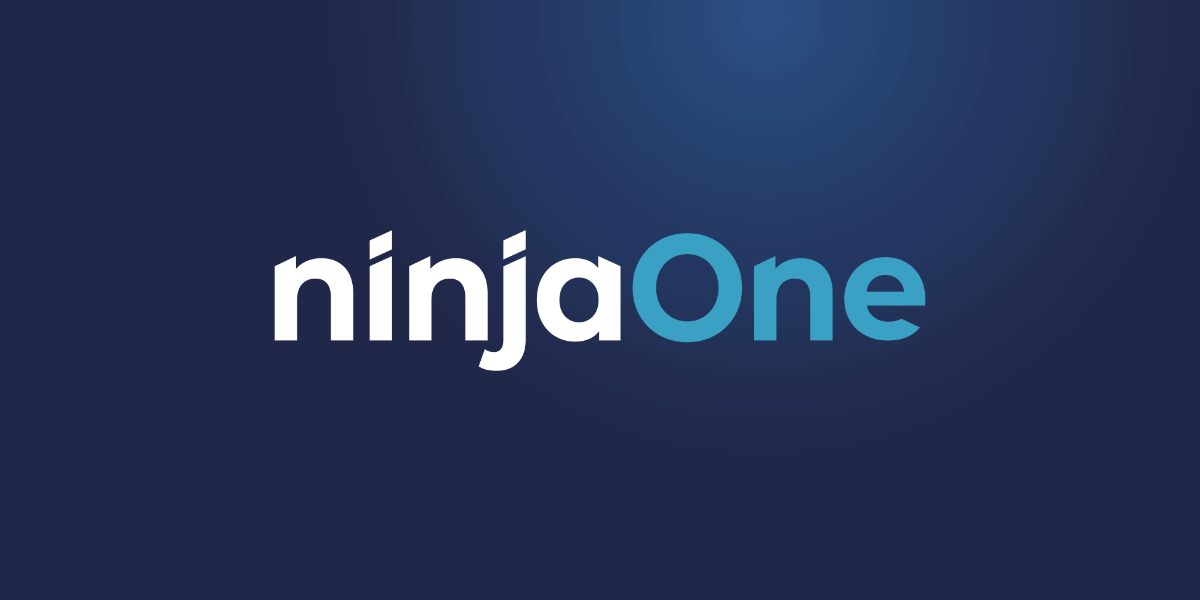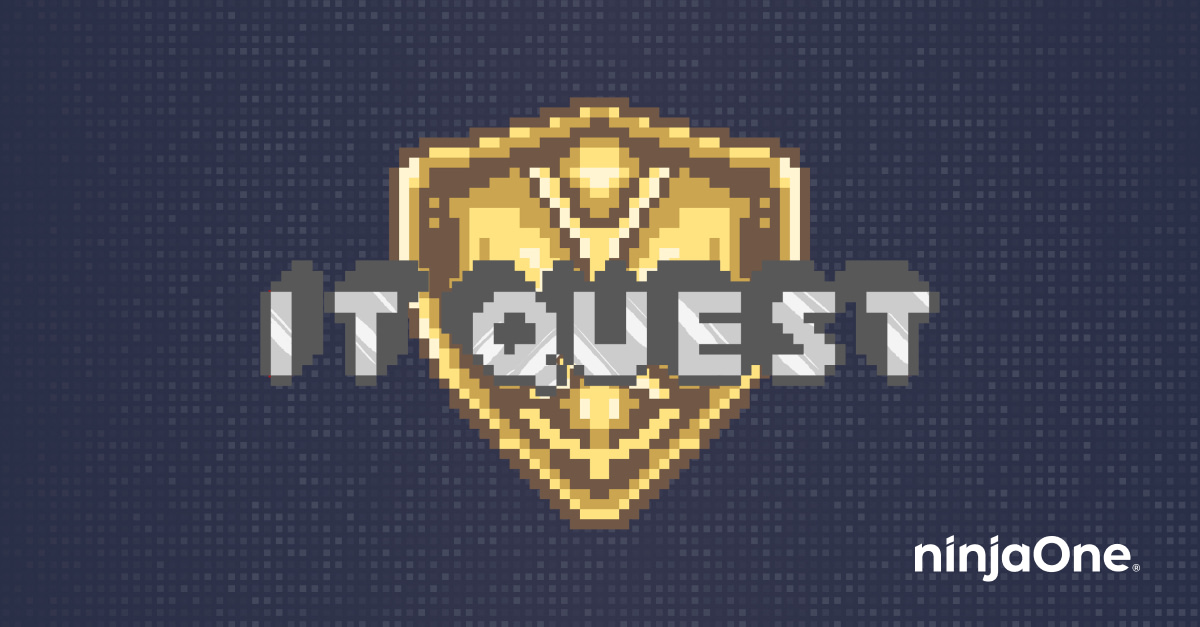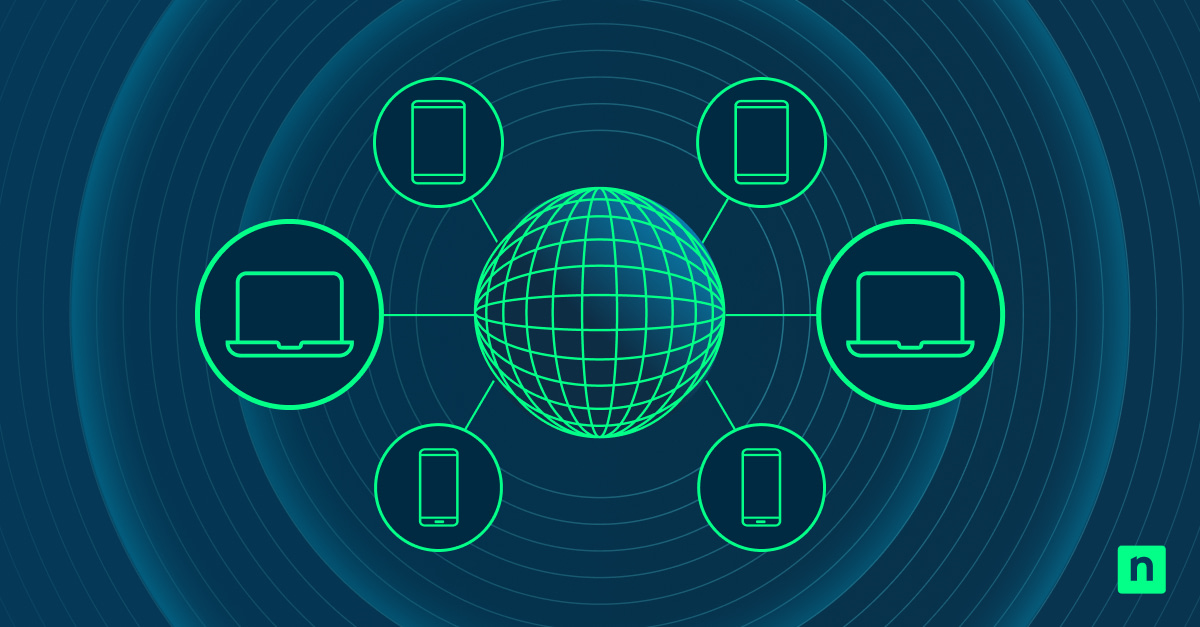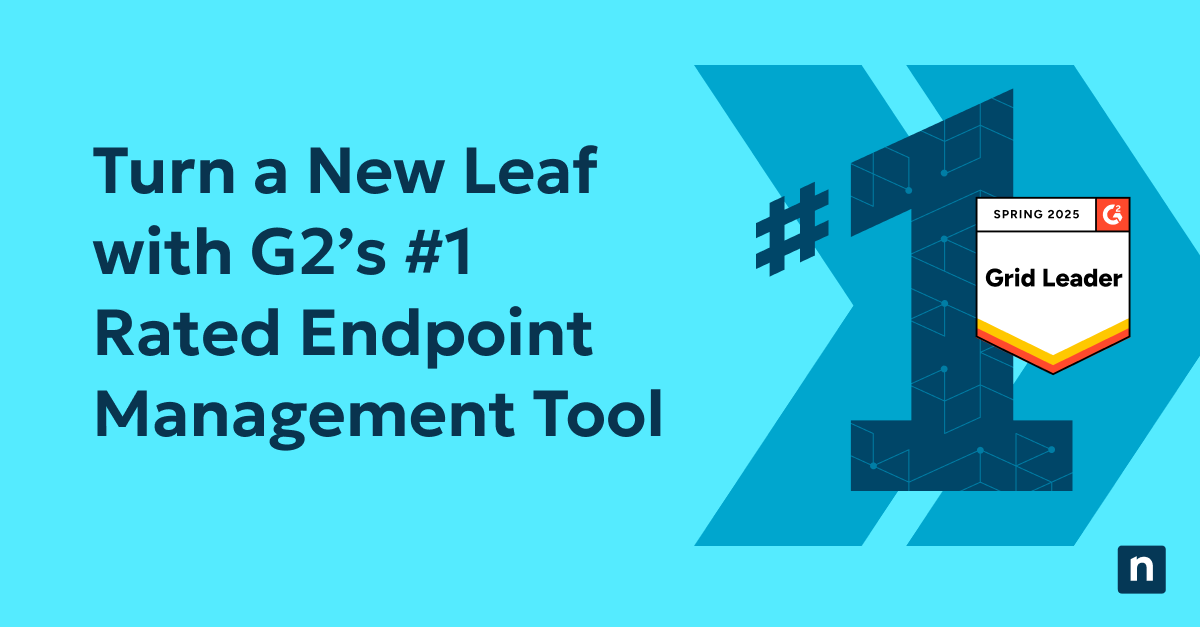
Introducing Ninja Ticketing
Today, we’re pleased to announce that Ninja Ticketing has exited beta and entered general availability, giving our partners a flexible, easy-to-use ticking solution built specifically for IT workflows. Since debuting in September, NinjaOne has over 350 customers actively using Ninja Ticketing as their primary service desk software.
Ninja Ticketing has received constant updates throughout the open beta period and our recent 5.3.1 platform update introduced significant new improvements that allow for greater cross-platform interaction between ticketing and other NinjaOne solutions. We’re proud to share that all Ninja Ticketing features and improvements have been community-led and designed to unify disparate IT functions.
Current NinjaOne partners can enable Ninja Ticketing by navigating to the integrations section and clicking “Ticketing.”
What is Ninja Ticketing?
Ninja Ticketing is like air traffic control for IT helpdesk teams, ensuring that both employee requests and IT team tasks are tracked, prioritized, and solved efficiently. We built Ninja Ticketing to be completely flexible so you can customize NinjaOne to fit your agent workflows, not the other way around.
Our agent workspace includes customizable ticket forms, related item mapping, a robust WYSIWYG public and private response field, and a feed of all ticket-related activities. Quick response templates, easy ticketing splitting and merging, and one-click ticket actions make responding to common ticket requests quick and easy.
Ticket boards (or views) are completely customizable, allowing you to create as many pre-filtered boards as you need to efficiently run your operations. Boards can be filtered to include tickets based on any time-based action, event, or field value so each board has only the most appropriate tickets for that workflow.
NinjaOne’s recent 5.3.1 platform update added numerous quality-of-life improvements to ticketing, including device- and organization-level dashboards, business hours to make time-based automation more effective, notification defaults, and the ability to send tickets with your branded domain.
What makes Ninja Ticketing different?
By sharing a unified data model with and being seamlessly integrated into the NinjaOne platform, Ninja Ticketing provides IT teams with a major efficiency advantage over other ticketing solutions. In NinjaOne, tickets can be automatically or manually mapped to:
- Users
- Managed organizations
- Locations
- Devices
In our 5.3.1 platform update, endpoint management, network monitoring, and backup solutions can automatically kick off ticketing workflows, including the creation of new tickets. This integration offers several unique functionalities including:
Endpoint context and tools directly in the ticket
Tickets related to managed endpoints are easily (and often automatically) mapped to the associated device. This mapping gives helpdesk technicians complete information about the affected device, reducing the back-and-forth between the technician and end-user often required to collect information. As the data is automatically collected from the impacted endpoint, it is of much higher quality than what would usually be provided by an end-user.
Better information and less back-and-forth ensure a better experience for end-users and faster resolution times for technicians.
Remote tools and one-click remediation
That same mapping that allows for quick access to device data gives technicians access to a robust suite of remote management tools, including remote access, terminal, file explorer, registry editor, scripts, and more, so they can take action to resolve the issue immediately. Common actions like rebooting a device, remotely accessing the endpoint, and running a remediation script can even be triggered directly from the ticket.
Automated proactive ticket creation
Through our endpoint management solution, IT teams can automatically monitor endpoints for almost any behavior (health, performance, state change, etc) including leading indicators of failure or disruption, and create notifications, alerts, and tickets based on those triggers. These alerts enable IT teams to become far more proactive in their IT management and provide a more stable and reliable experience to their end users.
When an alert is triggered in NinjaOne a ticket can be created simultaneously for active remediation. That ticket is automatically linked to the associated device and provides a rich context in the ticket. Any information contained in the condition is transferred to the ticket so your technicians have everything they need to prioritize, route, and remediate the issue.
By linking the device to the ticket and providing information about the triggering incident, NinjaOne provides far more detailed insight into the incident than what would be provided by an end-user or even often a technician on ticket creation.
Closed-loop ticketing
Going one step further, NinjaOne can automatically, open, remediate, and close some tickets and ticket types without manual technician intervention. This type of closed-loop remediation saves your team significant time without losing visibility into what is happening on endpoints.
For example, we may automatically remediate a service that is regularly stopped unintentionally but still tracks that those services stopped in our ticketing system. In this case, we can detect the stopped service via condition monitoring, trigger the creation of a ticket, automatically restart the service, and then finally close the ticket – all without manual intervention.
NinjaOne can even re-open and update a ticket if the condition is retriggered, giving you a full history of the incident.
End-user self-service
NinjaOne includes a self-service portal that allows end-users to restore their own backups, connect to endpoints via remote access, manage their tickets, and more. Users can create, update, and respond to tickets via the portal and check the status of their ongoing issues.
What’s next for Ninja Ticketing?
Over the next several releases, Ninja Ticketing will see several major updates, including:
- The ability to assign endpoints to an asset owner for better ticket/user mapping.
- The ability to create custom ticket statuses
- SMTP support for emails
- And more…
To learn more about NinjaOne and how its unified IT management platform can make your organization more efficient, effective, and secure, sign up for a free trial at https://www.ninjaone.com/freetrialform/








